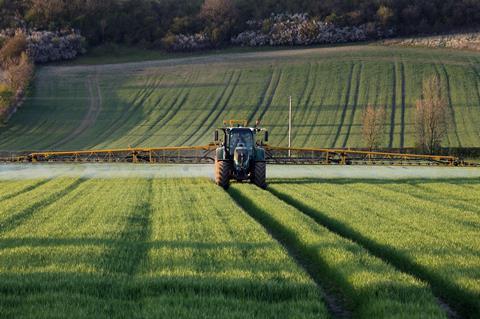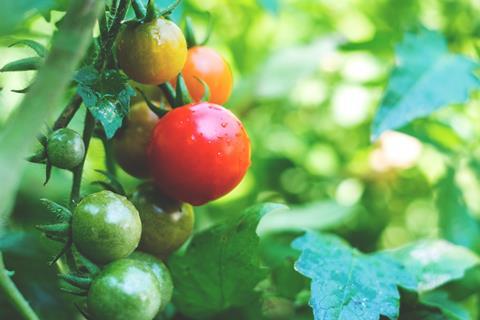Inverse vulcanisation used to turn waste canola oil into controlled-release fertiliser

Scientists from Australia and the UK have developed a new controlled-release fertiliser by embedding plant nutrients in a polymer made from sulfur and recycled canola oil.
Fertilisers play an important role boosting crop growth to feed Earth’s skyrocketing population. Commercial fertilisers, however, have many pitfalls, such as nutrient loss when excess fertiliser washes into waterways. This damages the surrounding ecology and wastes both money and resources, in particular phosphorus, a nutrient without a sustainable supply.
Justin Chalker of Flinders University hopes to resolve the issues of traditional fertilisers with polymer chemistry. Combining sulfur and canola oil in a reaction called inverse vulcanisation, his team reacted the multiple cis-carbon–carbon double bonds in the canola oil triglyceride with sulfur to form a cross-linked polymer. By carrying out the reaction in the presence of plant nutrients, they found that the polymer matrix could encapsulate nitrogen, potassium and phosphorus nutrients to produce a controlled-release fertiliser.
Water diffusing through the pores and channels in the polymer matrix dissolves and releases the nutrients within. By adjusting parameters such as the polymer particle size and nutrient concentration, the researchers found they could regulate the nutrient release rate. The polymer itself also released sulfur, another essential plant nutrient. To demonstrate their slow-release fertiliser’s effectiveness, the team used it to grow healthy tomato plants. They also found it averted nutrient burn and fertiliser loss in tailwater, when compared to free nutrients.

‘This is a step towards a circular economy,’ says Chalker. ‘Canola oil, recycled from food waste, and sulfur, a byproduct of petroleum refining, form the key components of a fertiliser to grow more food.’
David Mecerreyes, vice director of the Basque Center for Macromolecular Design and Engineering, Spain, is excited by this new polymer application. ‘Sulfur polymers have been used previously in energy and optics, but the positive impact of these fertilisers on plant growth is impressive. This opens new avenues for the design and application of sulfur polymers in the agricultural field.’ Courtney Jenkins, an expert in sulfur polymers at Ball State University, US, agrees. ‘This is another example of Chalker pushing the field of inverse vulcanisation toward new and interesting applications.’
References
M Mann et al, Org. Biomol. Chem., 2018, DOI: 10.1039/c8ob02130a












No comments yet